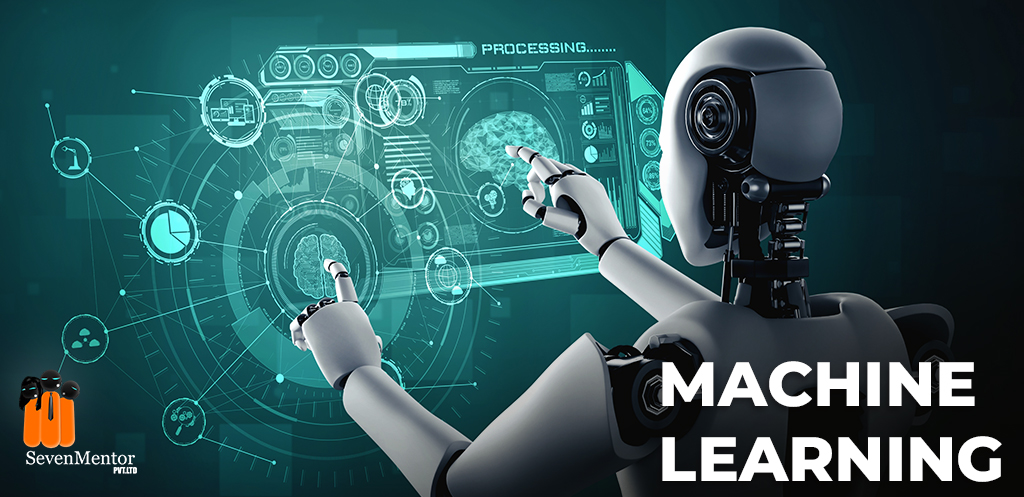The main differences between deep learning and traditional machine learning lie in the architecture of the models and the feature representation:
-
Model Complexity:
- Traditional Machine Learning: Traditional machine learning models typically involve the manual extraction of relevant features from the input data. Algorithms like decision trees, support vector machines, and k-nearest neighbors work with these handcrafted features.
- Deep Learning: Deep learning models, on the other hand, use neural networks with multiple layers (deep neural networks). These models automatically learn hierarchical representations of the data, eliminating the need for explicit feature engineering.
-
Feature Representation:
- Traditional Machine Learning: In traditional machine learning, features are engineered based on domain knowledge or through a trial-and-error process. The performance of the model is highly dependent on the quality of these handcrafted features.
- Deep Learning: Deep learning models learn feature hierarchies from raw data. The network automatically discovers relevant features at different levels of abstraction, potentially capturing complex patterns and relationships within the data.
-
Data Dependency:
- Traditional Machine Learning: Traditional machine learning algorithms may require a substantial amount of feature engineering to perform well, and their performance can be limited by the quality and relevance of the chosen features.
- Deep Learning: Deep learning models can automatically learn intricate representations from raw data, making them more data-driven and capable of handling high-dimensional inputs without extensive manual feature engineering.
-
Task Complexity:
- Traditional Machine Learning: Traditional machine learning is effective for a wide range of tasks, including classification, regression, clustering, and dimensionality reduction.
- Deep Learning: Deep learning excels in tasks that involve large amounts of data and complex patterns, such as image and speech recognition, natural language processing, and tasks where hierarchical feature representations are beneficial.
-
Training and Computation:
- Traditional Machine Learning: Training traditional machine learning models can often be done on standard hardware, and the computational requirements may be relatively modest.
- Deep Learning: Training deep neural networks, especially large ones, can be computationally intensive. Graphics Processing Units (GPUs) or specialized hardware are commonly used to accelerate the training process.
-
Interpretability:
- Traditional Machine Learning: Models in traditional machine learning are often more interpretable, and it is generally easier to understand how the model arrives at a particular decision.
- Deep Learning: Deep learning models, especially deep neural networks with many layers, are often considered more complex and less interpretable. Understanding the internal representations of features in deep networks can be challenging.
In summary, while traditional machine learning relies on manual feature engineering and works well for a wide range of tasks, deep learning leverages neural networks to automatically learn hierarchical representations from raw data, making it particularly powerful for complex tasks with large amounts of data. The choice between traditional machine learning and deep learning depends on the nature of the problem, the amount of available data, and the complexity of the patterns to be learned.
Read More… Machine Learning Course in Pune | Machine Learning Training in pune















